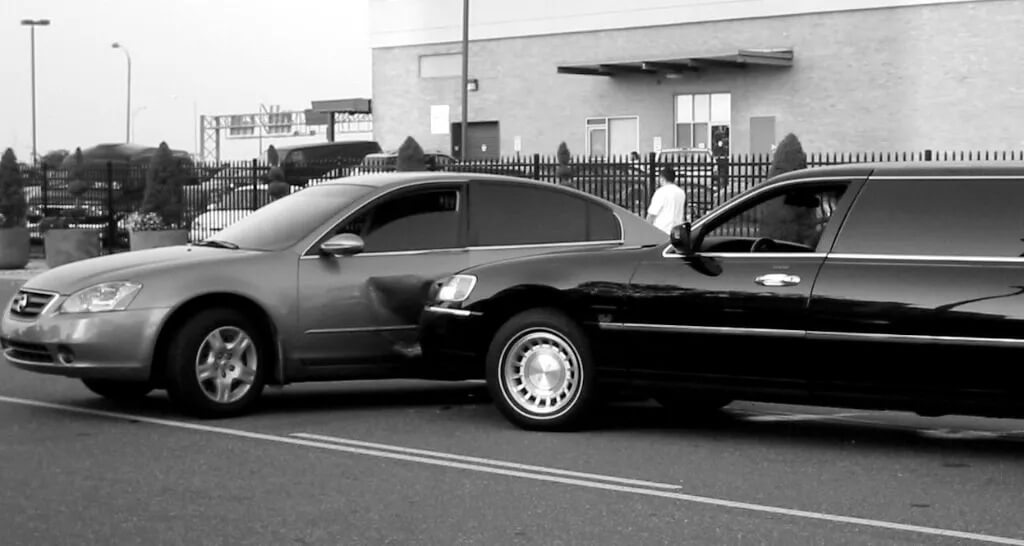
The at-fault driver in a T-bone car accident may be liable for any injuries and damage sustained due to the collision.
T-bone wrecks can be catastrophic, especially if the impact is to the driver’s side or any area where a passenger sits.
Below, the Virginia car accident lawyers go over T-bone accidents and who exactly is liable. If you have questions, please contact us today.
What Is a T-Bone Accident?
A T-bone accident occurs when the front of one car crashes into the side of a second car.
The result is the two cars form a “T” shape leading to the name. A T-bone accident often happens because of driver negligence.
There can be many causes of a T-bone car accident, but some common reasons that we see often include the following:
- Failure to stop at a stop or yield sign;
- Running a red light;
- Drunk driving;
- Improper merging onto the roadway;
- Distracted driving (e.g., texting while driving);
- Losing control of the vehicle;
- Slick or slippery road;
- Speeding and aggressive driving; and
- Defective or malfunctioning car parts (e.g., the brakes or steering).
No matter the cause of the collision, the consequences can be devastating.
Common T-Bone Car Accident Injuries
It is possible to sustain almost any type of injury from a T-bone crash. However, specific injuries are more prevalent and expected in these types of accidents.
Common injuries include the following:
- Concussions and other traumatic brain injuries;
- Skull fractures;
- Whiplash;
- Neck strains and fractures;
- Lacerations (e.g., cuts and scrapes);
- Amputations;
- Broken bones;
- Back and spinal cord injuries;
- Paralysis;
- Burns;
- Soft tissue injuries;
- Bumps and bruises; and
- Post-traumatic stress disorder (PTSD).
Remember, this list is not exhaustive, and you can suffer from an injury you do not see listed here. It is also common to suffer from more than one injury simultaneously due to a T-bone crash.
Who Is At Fault in a Car Accident T-Bone Crash?
Almost always, one driver is at-fault for the T-bone accident. Usually, the driver that crashed into the side of another car was negligent in some way.
If you or someone you love is injured in a T-bone crash in Virginia, you may be able to hold the at-fault driver liable through a personal injury lawsuit.
How to Prove Fault in a T-Bone Crash
Sometimes it is readily apparent who is at fault for the crash and why. But often, it is less obvious and takes some investigative work to establish who is at fault.
As a plaintiff in a car accident case, you have the burden of proving your case and that you are entitled to receive settlement compensation. You must gather evidence to prove your claim.
Typically, the more evidence you have, the stronger your case will be and the more likely it will be for you to win. likely you will receive a large settlement or award.
Common examples of evidence used in car accident lawsuits are as follows:
- Police report,
- Medical records,
- Hospital and doctor bills,
- Witness statements,
- Photos and video of the scene and damages,
- Video surveillance footage,
- Expert testimony, and
- Accident recreation.
Don’t worry if you think you do not have this information. A seasoned car accident attorney will collect the evidence necessary to establish your claim.
Get in Contact with a T-Bone Car Accident Attorney Today
At River Run Law, we are dedicated to helping our clients get the compensation they deserve after being a victim of a T-bone crash.
In 2023, Expertise.com voted us the best car accident lawyers in Richmond, VA. Contact us to schedule a free consultation.

